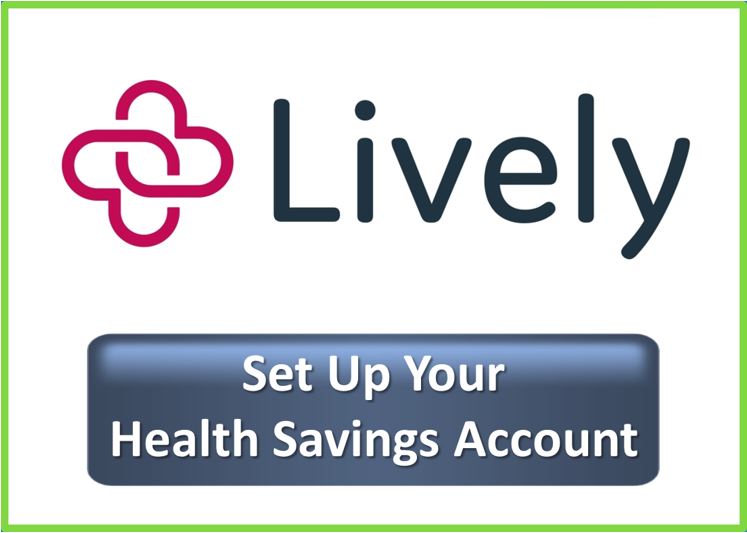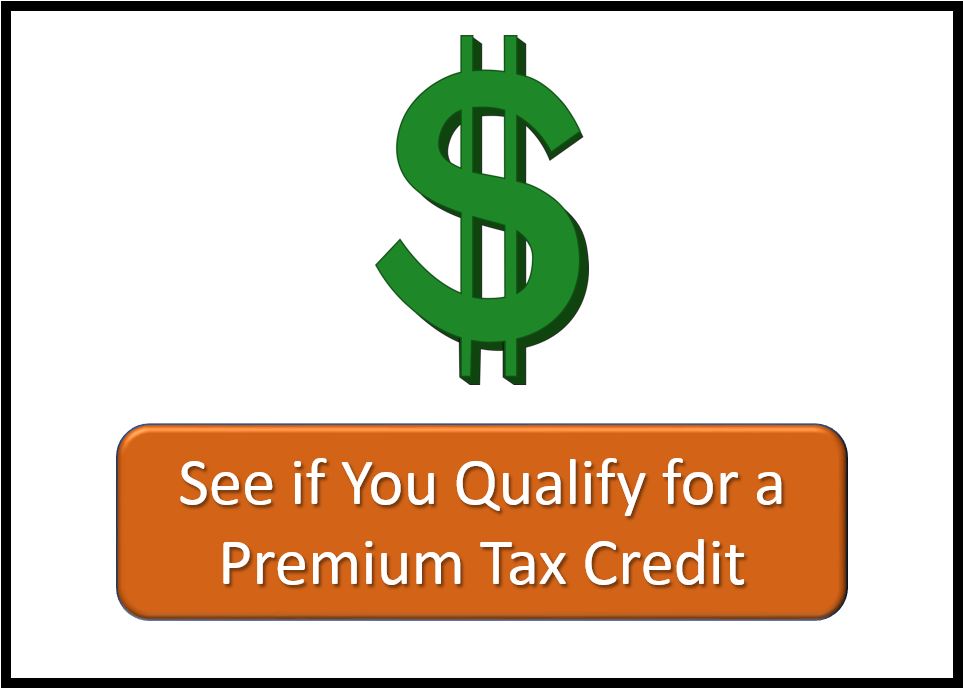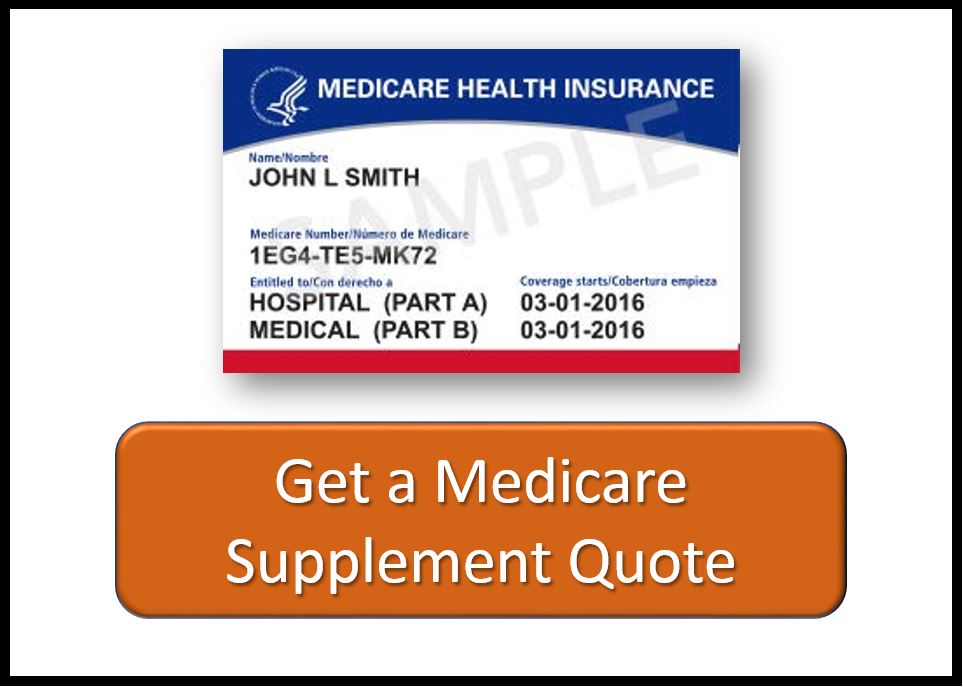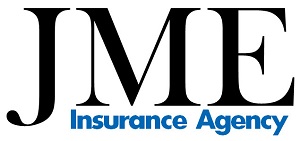It’s tax season, and this year you may be receiving new forms in the mail from your employer, insurance company, and/or the federal government. What are you supposed to do with these forms, and what new requirements do you have when filing your taxes? In this article, we’ll try to help.
FORMS YOU’LL RECEIVE
Let’s start with the forms you’ll receive. As you know, the Affordable Care Act’s individual mandate requires most Americans to have health insurance, and some people qualify for government assistance in the form of premium tax credits to help them pay for these policies. To determine whether people are satisfying the individual mandate and to confirm eligibility for the tax credits, the government now requires employers and insurers to provide certain documentation to people enrolled in or eligible for health insurance coverage. Depending on your situation, you may have received one or more of these three documents in the mail:
Form 1095A: Marketplace Statement
This form is sent out by the state or federal Marketplace to anyone who purchased an “on exchange” plan (through Healthcare.gov in most states). It provides information about your plan premium and any advance premium tax credit you may have received.
Form 1095B: Health Coverage
This form is sent out by your insurance company or possibly by your employer. It shows who was covered on your plan (employees and dependents) and the months they were covered. It’s used to confirm that you and your family members satisfied the individual mandate requirement.
Form 1095C: Employer-Provided Health Insurance Offer and Coverage
If you work for a company with 50 or more employees and are eligible for health insurance, you’ll likely receive a form 1095C. It provides information about the available coverage, including your monthly contribution amount, and is used by the IRS to determine eligibility for a premium tax credit. It may also provide information about the months you were enrolled in health coverage, or this information might be provided on a separate form 1095B.
So, in summary, if you have an individual plan purchased through the Marketplace, you’ll receive a 1095A and a 1095B. If you have an individual plan purchased outside the Marketplace, you’ll receive a 1095B but not a 1095A. If you’re enrolled in coverage through your employer, you’ll receive a 1095B and/or a 1095C. Confused yet? Unfortunately, it gets even more confusing when trying to figure out what to do with this information.
FORMS YOU’LL COMPLETE
Depending on your situation, you’ll use the forms you receive in the mail to complete one or more new tax forms.
Form 8962: Premium Tax Credit (PTC)
If you purchased an individual Marketplace plan and received an advance premium tax credit, or if you would like to claim a premium tax credit when you file your taxes, you’ll need to complete Form 8962. This form will help determine how much government assistance you qualify for and determine if you owe a portion of the advance you received back to the government.
Form 8965: Health Coverage Exemptions
If you or a family member went without health insurance for one or more months (which will be indicated on form 1095B or 1095C, you’ll owe a tax penalty unless you qualify for an exemption. You’ll apply for an exemption using form 8965.
There are a number of potential exemptions from the individual mandate penalty, including exemptions for religious objectors, members of Indian Tribes, people whose incomes are below the federal tax filing threshold, and more. The most common exemption is the “affordability” exemption. You qualify for this if the lowest priced qualified plan available to your family, after accounting for any employer contribution or government subsidy, would exceed about 8% of your household income. There’s also an exemption for a short coverage gap of 3 months or less.
Individual Mandate Worksheet (found in instructions for Form 8965)
For any month that you were uninsured and do not qualify for an exemption, you’ll owe a tax penalty under the individual mandate. The penalty is the higher of either a flat dollar amount or a percentage of your applicable household income and is pro-rated based on the number of months that one or more family members were uninsured.
There’s not a separate form to calculate the penalty. Instead, you use the worksheet in the instruction booklet for form 8965 and transfer the result to your tax form.
IF YOU HAVE AN HSA
In recent years, the number of people with a Health Savings Account has increased exponentially, and we at JME are certainly huge fans of HSAs. If you do have a Health Savings Account, though, there is a bit of paperwork. You should receive a Form 1099-SA from your HSA administrator showing total withdrawals during the year, and if you’re making contributions through your paycheck there will also be information about your contributions on your W-2 (box 12, code W). You’ll use that information, along with your own spending and contribution records, to complete Form 8889, Health Savings Accounts.
CLOSING THOUGHT
We know none of this sounds easy, and it’s certainly not fun, so it’s a good idea to work with a tax preparer. However, if you do your taxes yourself, the new forms really aren’t that bad. While there’s some extra paperwork, there probably aren’t that may questions that will stump you. Good luck!








